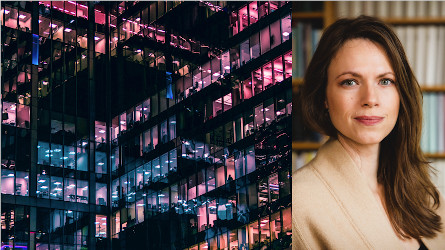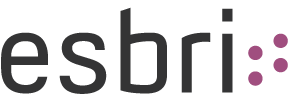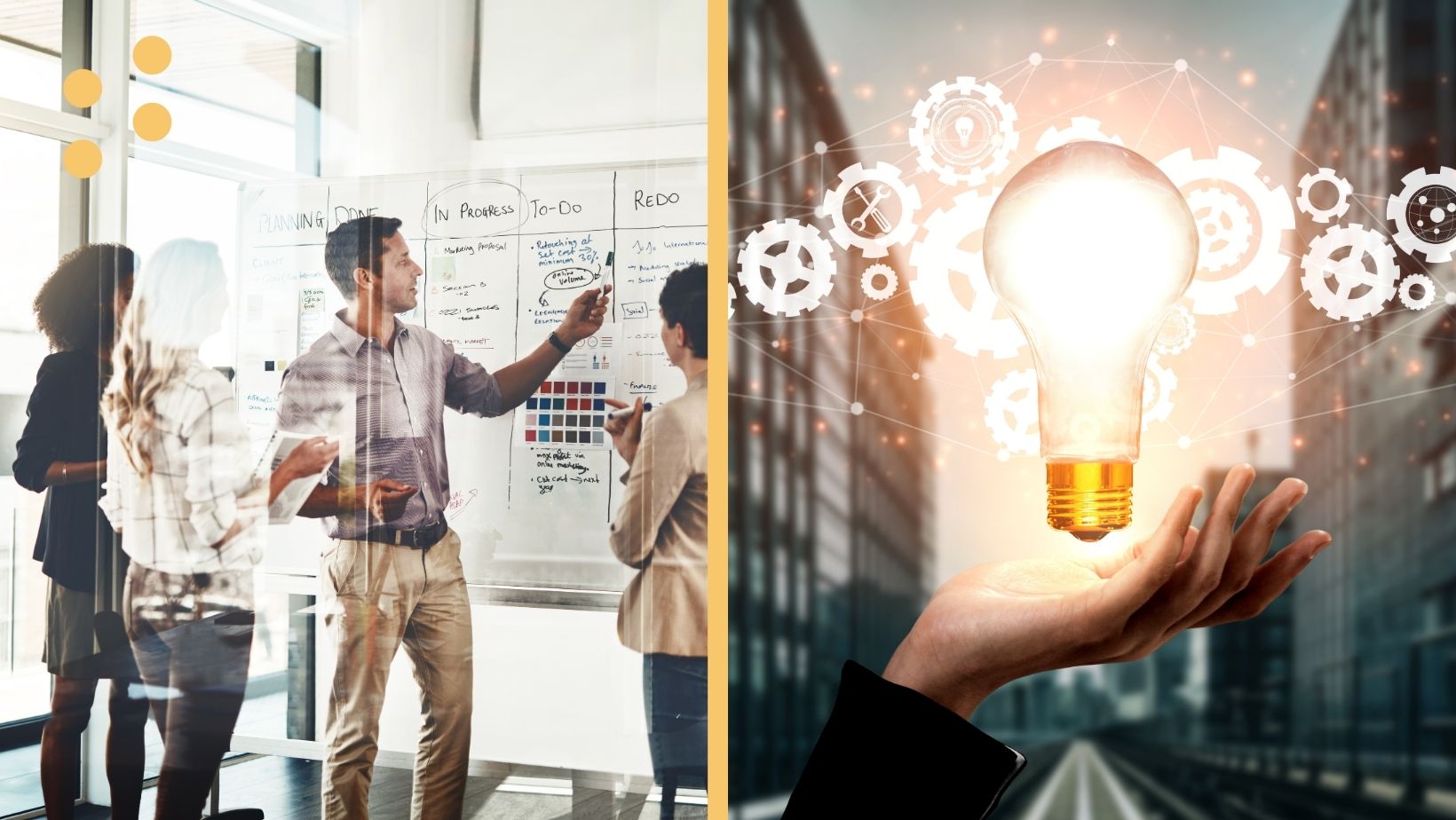This article has been translated with DeepL.
Innovation in municipalities – how it works
- Published: 14 Feb 2022,
- 12:00 AM
- Updated: 14 Feb 2022,
- 12:31 PM

Is it even possible to work with innovation in a bureaucratic, rule-driven municipality? Yes, but in a different way than in the private sector, says Chelsey Jo Huisman, who is following Kiruna municipality’s innovation work during the urban transformation.
Creativity and experimentation are at the heart of an innovation process. This may seem impossible to combine with bureaucracy based on control and regulation. But there are ways. Chelsey Jo Huisman, Uppsala University, is an accompanying researcher in Kiruna municipality, which is developing working methods and methods in urban transformation in a project. The aim is to capture ideas on how to build a smart and sustainable New Kiruna. Together with businesses, citizens and researchers, the municipality develops and tests innovative and sustainable solutions that can lead to business opportunities. Chelsey Jo Huisman studies how change and innovation happen in local government. She believes that the developmental logic of innovation needs to be integrated with the bureaucratic logic of the municipality for it to become innovation.
– For new approaches and methods to be sustainable and have the potential to profoundly change organizational culture, individuals in the municipality need to accept the development logic and see it as complementary to the bureaucratic logic. Development fosters creativity and learning, enabling public bureaucracies to improve and transform themselves.
In the bureaucratic logic of the municipality, planning, coordination and control are important elements that can act as stabilizers when development and innovation are needed.
– Instead of seeing bureaucracy as a barrier, it should be used as a lever for innovation, says Chelsey Jo Huisman.
How do you mean?
– Indeed, the limits imposed by the control system make individuals understand surprises and problems in an effective way, which can lead to problem solving and learning. Often, when everything is possible, nothing gets done because we are overwhelmed by all the choices. But when we are given boundaries and guidelines, we know the space within which we can be creative and innovative in our work.
New ways of working together during urban transformation
Innovation work in Kiruna municipality is mainly about finding new ways to cooperate within the municipality and with actors outside. As a first step, priority has been given to building the innovation skills of the officials and practitioners who experience problems, identify needs and implement municipal processes and procedures. Over the past two years, one group has had to develop new ways of working and thinking so that they have the capacity to drive innovation. This has been done through workshops and weekly and monthly meetings led by Luleå University of Technology and the research institute Rise. Among other things, they have learned to reframe their problems into challenges, better understand the problems of other departments, and reflect on their individual knowledge and experience to build their creativity. This has led them to think more relationally and innovatively today.
– I believe that people are innately creative and innovative. But our organizational cultures underutilize the creativity of employees, and local government is no exception. As municipalities take on more responsibility for the development of our cities, employees must be given the opportunity to be creative and reflective in their work, says Chelsey Jo Huisman.
She explains that working with individuals is just the beginning of the change process. It is only when there is a collective change in the organization that the culture can change.
– We’re not there yet, but we’re well on our way. We have started to work across departmental and organizational boundaries and expanded the cooperation network.
Contact chelsey.jo.huisman@fek.uu.se
More about the research project
Chelsey Jo Huisman is a Senior Lecturer at Uppsala University and part of the Innovation Platform Kiruna project, which runs until December 2022. The project is part of Vinnova’s Innovation Platforms for Sustainable Attractive Cities initiative, which started in 2016. The other five municipal projects are Future by Lund, Go:innovation (Gothenburg), Innovation Platform Borås, Innovation Platform Sustainable Stockholm and Social Progress Innovation Sweden by Umeå. The projects in these municipalities will end in 2023. Read a report on the work in the municipalities during the second phase of the project (the City of Malmö participated in the first and second phases, but dropped out in the current third phase of the project and was replaced by Umeå). Chelsey Jo Huisman presented her doctoral thesis Transforming the City of Kiruna: Stabilizing Change and Changing Stability at Uppsala University in December 2021, but the thesis is independent of the Innovation Platform Kiruna project. To the thesis.
Read another Esbri article on how innovations are created in public organizations.




